- About us
- Support the Gallery
- Venue hire
- Publications
- Research library
- Organisation chart
- Employment
- Contact us
- Make a booking
- Onsite programs
- Online programs
- School visit information
- Learning resources
- Little Darlings
- Professional learning
William Robertson (1839–1892), barrister and politician, was the third of the seven children of pastoralist William Robertson (1798–1874) and his wife Margaret (née Whyte, 1811–1866). Robertson was born and educated in Hobart and then at Wadham College, Oxford. He is believed to be the first Australian to row in an Oxford eight, his team victorious against Cambridge in the Boat Race of 1861. Robertson graduated with a BA in 1862 and was married and called to the bar the following year. On his return to Australia, Robertson practised law in Hobart before heading to Victoria in 1864. He worked as a barrister in Melbourne and then assisted in the management of the family property, Corangamarah, which he and his three brothers jointly inherited on the death of their father in 1874. Robertson served as a member of the Victorian Legislative Assembly between 1871 and 1874 and again from 1881 to 1886; he was also President of the Colac Shire council in 1880–81. After the dissolution of the partnership with his brothers in 1885, Robertson became sole owner of Corangamarah, later called The Hill, and in retirement enjoyed the lifestyle of an ‘hospitable and sports-loving country gentleman.’
Gift of Fiona Turner (née Robertson) and John Robertson 2011. Donated through the Australian Government's Cultural Gifts Program.
William Robertson Jnr (age 13 in 1852)



On one level The Companion talks about the most famous and frontline Australians, but on another it tells us about ourselves.
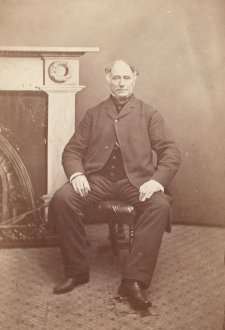
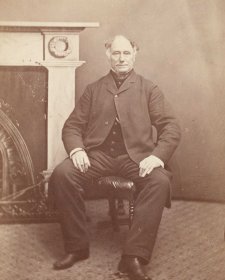
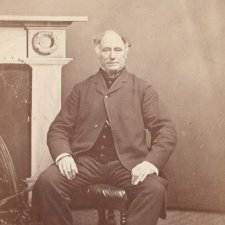
20 July 2023
To celebrate his family bicentenary, Malcolm Robertson looks at the portraiture legacy left by his ancestors.
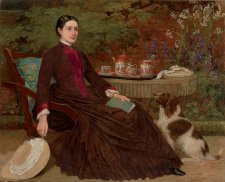
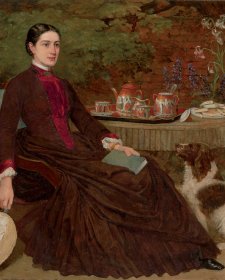
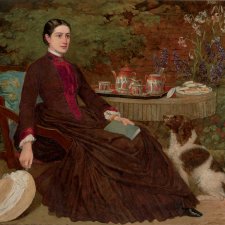
Malcolm Robertson tells the family history of one of Australia's earliest patrons of the arts, his Scottish born great great great grandfather, William Robertson.